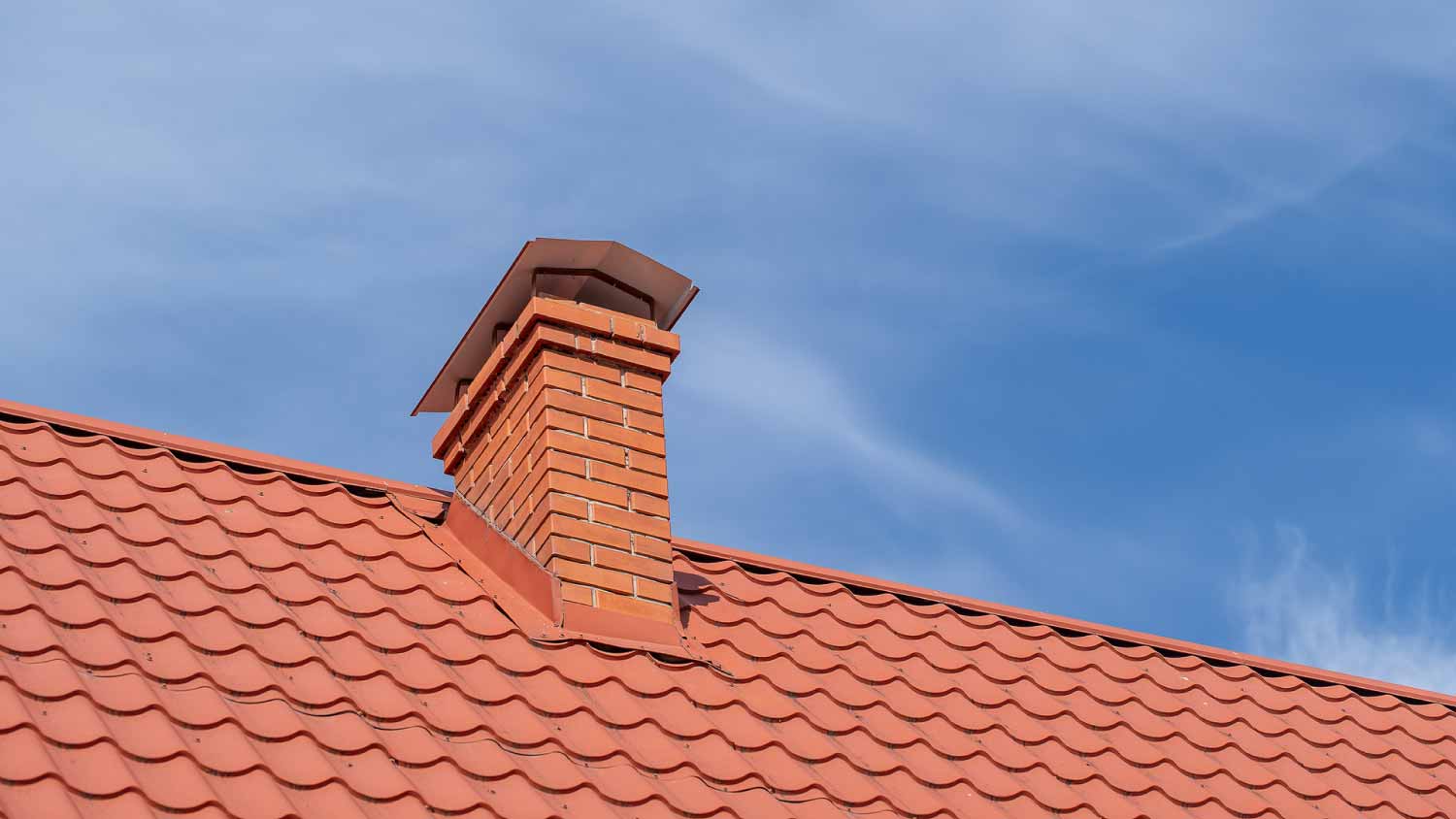
Discover the average chimney tuckpointing cost, key price factors, and expert tips to help you budget and save on your next chimney repair project.
No need to worry about downdrafts thanks to this ledge


A smoke shelf is an important part of a chimney that helps prevent strong downdrafts from blowing into your home.
A smoke shelf also prevents water and debris from entering your house.
You may be able to clean the smoke shelf yourself, but if it’s hard to reach or you can’t see it, it’s better to call a pro.
A chimney is made up of several parts that help it work safely and efficiently, keeping dangerous smoke from entering the house. The smoke shelf within your chimney may be simple enough: It’s essentially an outstretched ledge that is both a fire barrier at the throat of your chimney and a draft deterrent for wind entering your chimney. Let’s take a closer look at how this component works and how to maintain it.

A smoke shelf is a small ledge that slightly juts out within your chimney. The top portion of it either lays flat or curves toward the flue. It’s typically located behind your fireplace as a slightly angled wall and continues above the fireplace, with the actual shelf inside the smoke chamber. Typically, a smoke shelf is made of brick, though some chimneys may use ceramic tile or rubble.
A smoke shelf redirects cold air and catches water and debris. When you have the chimney damper open, cold air comes into the chimney and hits the smoke shelf. It’ll mix with the warm, smoke-filled air from your fireplace, and then help carry the smoke and warm air out of the chimney so that it doesn’t go back into your home.
It can also catch water if it’s raining or snowing or leaves or other debris if it’s windy outside. This prevents water or debris from unexpectedly hitting your fireplace.

If you don’t have a smoke shelf in your chimney, this can cause issues with drafts coming into your home and possibly bringing lots of smoke. The ledge part of the smoke shelf is installed directly behind your fireplace and typically works as both a thermal barrier and a way to direct the smoke through the chimney damper. Without it, you may have a draftier home, and smoke and toxins from the fire may blow inward if there’s a strong downdraft.
Your smoke shelf may be damaged if you notice your home is draftier than usual. This can be caused by a number of reasons within the smoke chamber itself, including cracks within the masonry, creosote buildup, or damage to the smoke shelf and liner.
Though a chimney inspection costs about $450 on average, it’s worth it to hire a chimney repair pro near you who can give you peace of mind and make the necessary repairs before any damage happens to your home.
From average costs to expert advice, get all the answers you need to get your job done.

Discover the average chimney tuckpointing cost, key price factors, and expert tips to help you budget and save on your next chimney repair project.

The typical chimney removal costs between $1,000 and $10,000, but much of that price depends on whether it’s a full or partial removal. Get the full cost breakdown here.

The average cost to repair or replace a chimney crown depends on the damage, material, and any other chimney maintenance services bundled into your project.

Cracks in your chimney crown will grow over time and cause serious structural problems. Learn how to repair a chimney crown and prolong your chimney’s lifespan.

Parging a chimney’s smoke chamber is essential during installation or maintenance. We’ll explain what parging a chimney is and why and how it’s done.

What is repointing a chimney? Repointing a chimney is a necessary repair to keep your structure leak-free. Find out what’s needed and how long it lasts.